Serving tech enthusiasts for over 25 years. TechSpot means tech analysis and advice you can trust.
When you buy through our links, we may earn a commission.
A quality mouse is one of the most affordable ways to upgrade your PC experience. If you're still using a cheap bundled mouse (or God forbid, your laptop's trackpad – with few exceptions), you'll be surprised by how much smoother and more comfortable a good mouse can be.
Modern mice are lighter, more precise, and more durable than just a few years ago. Whether you're choosing between wired and wireless, ergonomic and compact, or feature-rich and minimalist, the options can be overwhelming.
With a 2.4GHz adapter, wireless performance is virtually identical to a wired mouse these days. Bluetooth mice trade responsiveness for the convenience of multi-device support. Gaming vs. non-gaming? While budget office mice fall short in precision, a good gaming mouse can do it all, work and play.
In this guide, we've picked the best mice across key categories, so you can find the one that fits your needs, your hand, and your budget.
Best Gaming Mouse
Razer DeathAdder V3 | Logitech G502X | Razer Naga V2
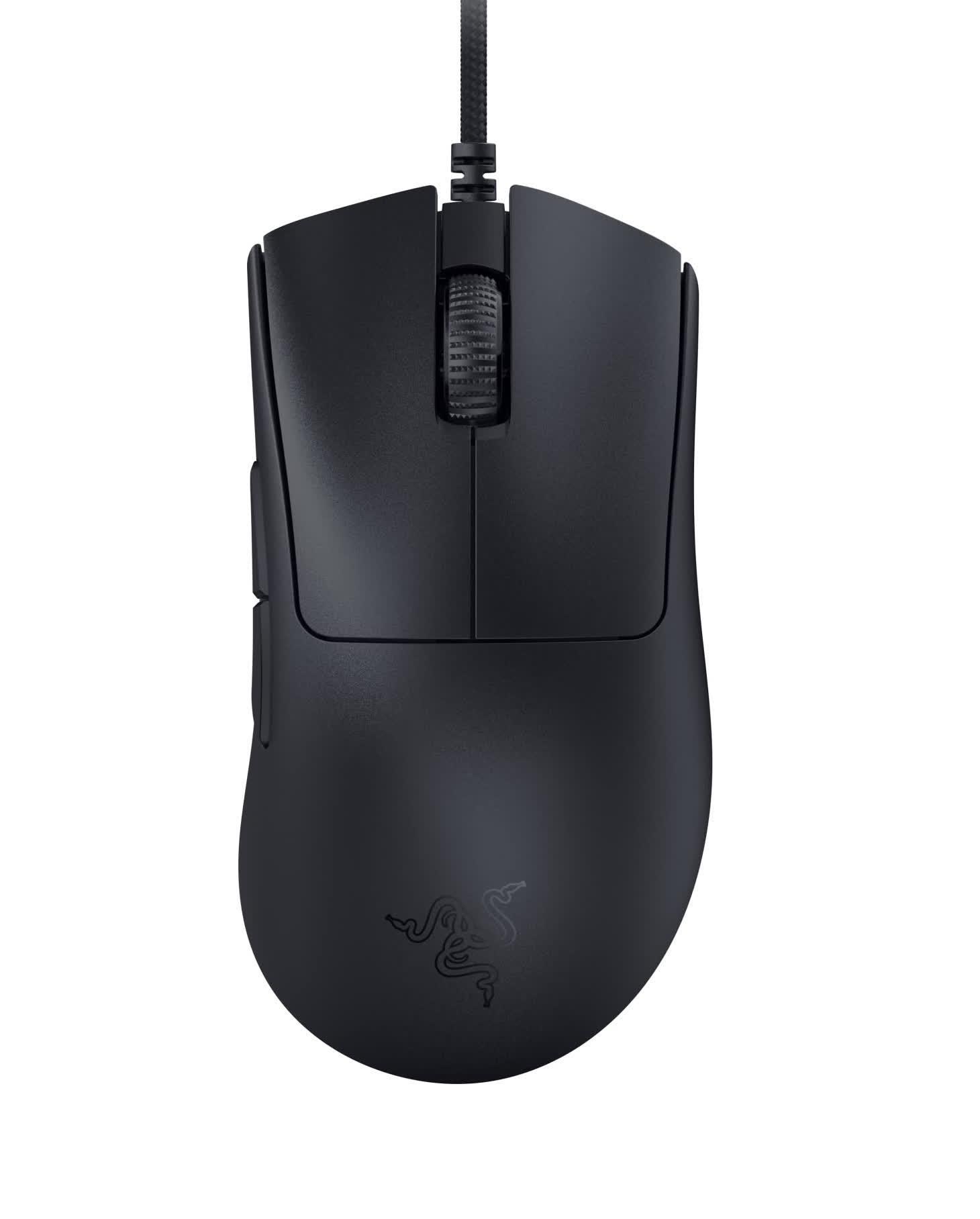
The Razer DeathAdder has been a staple in gaming mice for nearly two decades, known for its iconic right-handed design and reliable performance. With the DeathAdder V3, Razer has chosen function over form, opting for a less curvy shape and main buttons that are completely separate from the rest of the body.
Weight has been reduced to 59g (without the cable), down from the DeathAdder V2's 82g. The wireless Pro version is slightly heavier at 63g, or 64g for the white version ($105). Razer does offer the smaller 55g wireless HyperSpeed version ($99), though it features a somewhat inferior sensor.
In terms of performance, the DeathAdder V3 offers an optional 8KHz polling mode in addition to the industry-standard 1KHz. For the Pro version, enabling this mode requires a $30 dongle and reduces the battery life from 90 hours to just 17. The mouse supports a maximum sensitivity of 30,000 DPI, allowing for effortless movement across multi-monitor setups. It also accurately tracks motion up to 750 inches per second and 70g acceleration. Thanks to its optical switches, it's rated for 90 million clicks.
The DeathAdder includes a hidden button to switch between five adjustable DPI levels. The mouse utilizes internal storage, so you can retain your preferred speed settings and key bindings across devices.
The wired version supports five different profiles, while the Pro and HyperSpeed versions support just one. The V3 includes two thumb buttons and omits the LED logo and scroll wheel lighting found in previous versions. If you simply want a great gaming mouse, this is the one for you.
Best Features
Logitech G502 X
If you're looking for a mouse with more buttons and features, the Logitech G502 X is your best option at $70. In addition to two standard side buttons, it includes two additional edge buttons for on-the-fly DPI adjustments and a removable, dual-direction "sniper button" for temporarily lowering DPI. The scroll wheel can tilt left and right to function as two extra buttons, and a dedicated switch toggles between stepped and smooth scrolling. Another button allows switching between user profiles.
The G502 X uses hybrid optical-mechanical switches, which combine the speed and durability of optical switches with more deliberate actuation. The HERO 25K sensor offers a maximum DPI of 25,600 and is rated for 400 IPS and 40g acceleration. At 89g, it's lightweight for a mouse packed with so many features.
The wireless G502 X Lightspeed ($120) is heavier at 102g but boasts up to 140 hours of battery life. It also supports wireless charging via the Powerplay 2 mousepad ($120). Unlike the original, the Powerplay 2 is purely a charging surface, without a built-in receiver or RGB lighting.
The wireless G502 X Lightspeed ($120) is heavier at 102g but boasts up to 140 hours of battery life. It also supports wireless charging via the Powerplay 2 mousepad ($120). Unlike the original, the Powerplay 2 is just a charging pad with no built-in receiver or RGB light.
The G502 X Plus ($150) adds eight-zone RGB lighting, but activating the lighting cuts expected battery life to 37 hours from 130. All versions can store five setting profiles. However, with Logitech raising prices, you may want to consider the Razer Basilisk V3 Pro instead for $100. It's arguably a rip-off, but a quality one.
If you want to save some money or prefer a heavier mouse, the last-gen G502 ($40) weights 121g, which can be increased up to 139g with five included weights. It uses traditional mechanical switches and a fixed sniper button, but offers an RGB logo.
Most Buttons
Razer Naga V2 Hyperspeed
If you play games that utilize many buttons and want most of them to be on your mouse, then the Razer Naga V2 Hyperspeed will get you the best value at $75. It uses the same Focus Pro 30K sensor as the DeathAdder V3 with traditional mechanical switches. While not optical, these are still high-quality and rated for 60 million clicks.
The Naga V2 HyperSpeed includes 12 side buttons, and the rest of the buttons are similar to those of the G502 X, except for the sniper button and profile switcher, as the mouse can only store one settings profile.
The main downside is that the mouse lacks a rechargeable battery or wired connection. You'll need to replace its battery periodically. Without the battery, it weighs 95g, which is reasonable given the number of buttons.
If this feature set doesn't meet your needs and you're willing to pay more, consider the Corsair Scimitar Elite Wireless SE ($140). It boasts better specs than its predecessor, including 30K DPI, 750 IPS tracking, and 50g acceleration. It also features a sliding 12-button RGB side panel for thumb positioning, optical switches rated for 100 million clicks, and storage for three profiles. It weighs 114g, including the rechargeable battery.
Best for Work
MX Master 3S or 2S | Logitech POP

The Logitech MX Master 3S is the new and improved version of the MX Master 3. Maximum DPI has been raised to 8K from 4K, which can make the mouse feel faster when using a high-resolution display or a multi-monitor setup. The new switches are much quieter and lower pitched than the older ones, but are also more prone to accidental clicking.
Elsewhere, the MX Master 3S has all of its predecessor's advantages. With a laser sensor, it can work on any surface, including glass. Its magnetic scroll wheel isn't just near silent, but also much faster and more precise than others in free scroll mode. You can switch between that mode and ratchet mode with the click of a button, or the mouse can do it on its own based on the app you're using and your scrolling speed.
A secondary thumb scroll wheel is ideal for horizontal scrolling in spreadsheets or switching browser tabs. There's also a small button on the thumb rest, perfect for actions you don't want to trigger accidentally, like app switching.
The MX Master 3S features a rechargeable battery rated for 70 days of use, though the USB-C cable is for charging only, not for wired operation. It comes with a USB receiver, but even when using it, the polling rate remains at 125Hz, making it unsuitable for gaming.
On the plus side, it supports Bluetooth connectivity with up to three devices across Windows, macOS, Linux, iPadOS, or ChromeOS. You can switch between devices using a hidden button or use Logitech Flow to seamlessly control multiple computers as if they were one, copying text and files between them with ease.
With the price rising to $120 from $100, the older MX Master 2S becomes more appealing at $70. It doesn't have a magnetic scroll wheel, and it uses a Micro-USB connector instead of USB-C, but otherwise offers similar performance and design. It's a far better choice than budget mice that copy the Master's shape without matching its quality.
The pocket-friendly Logitech MX Anywhere 3S ($80) doesn't offer everything its bigger brother does, but retains enough features to stand out among similarly priced alternatives. It lacks a thumb rest and horizontal scroll wheel (though its main wheel can scroll horizontally when combined with a side button press).
With a symmetrical shape and no buttons on the right side, it's neither ergonomic nor ambidextrous. Unlike its predecessor, it doesn't come with a USB receiver. Yet, when you can't carry the Master with you, it's your best option. Once again, you can save a bit with the older MX Anywhere S2, which goes for $50.
Logitech POP Mouse
If you want to enjoy Logitech's multi-device capabilities for as little as possible, a $40 mouse aimed at teenagers (that we've seen going for $25) may be what you are looking for.
With no buttons on either side, the Logitech POP Mouse is fully ambidextrous. It does have a middle button around the scroll wheel, which by default launches the all-important emoji menu. It doesn't have a button for switching between scrolling modes, but it does so automatically. Adjustable DPI up to 4K is a big improvement over the fixed 1K in older Logitech mice such as the M720 Triathlon.
Best for Lefties
Logitech G Pro or Pro Lightspeed 2 | Razer Naga
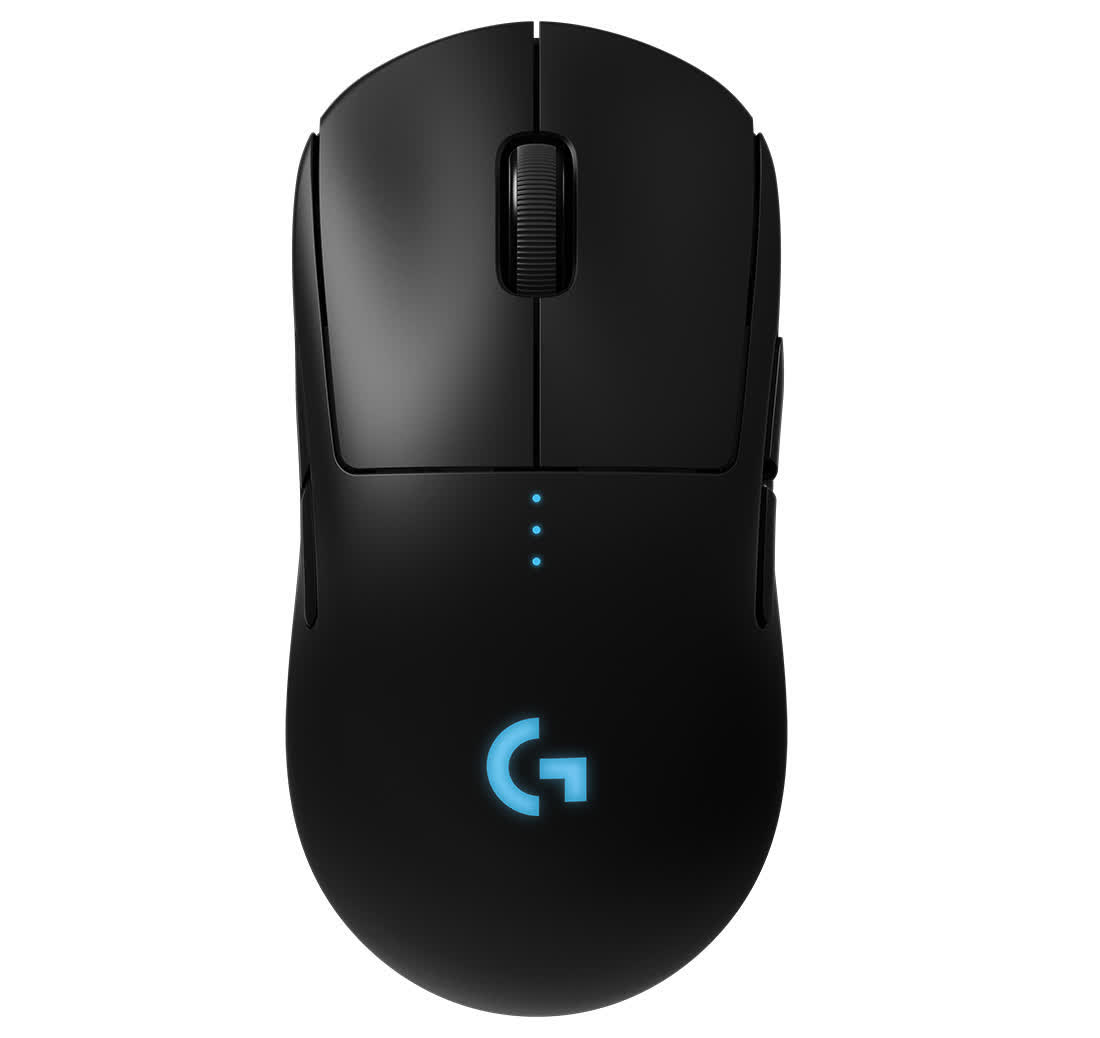
It's never been a great time to be a left-handed gamer. While many mice appear ambidextrous at first sight, few truly are. Most symmetrically shaped mice only feature thumb buttons on the left side. Such models mostly cater to right-handed gamers who don't care about ergonomics because only a small portion of their hand touches the mouse when they play (known as claw or fingertip gripping).
Among the few truly ambidextrous options, the recently discontinued Logitech G Pro Wireless remains a top choice, if you can still find it new. Not only does it have two buttons on each side, but you can remove the buttons you don't need. A weight of 80g now sounds heavy for a relatively simple mouse, but it's still lighter than other, more button-heavy alternatives.
It uses the same Hero 25K sensor found in the G502 X series, with a maximum DPI of 25,600, and tracking specs of 400 IPS and 40g acceleration. The built-in rechargeable battery offers up to 60 hours of use (or 48 hours with the RGB logo enabled). It also supports five onboard profiles and is compatible with Logitech's Powerplay 2 wireless charging mousepad.
Logitech has released a successor in the form of the Logitech G Pro Lightspeed 2, using its latest Hero 2 sensor, with 32K DPI, 888 IPS and 88g acceleration ratings. It also promises greatly improved battery life of 95 hours (60 with RGB). These days it's a bit expensive at $120 (depending on the color), but once the original G Pro Wireless disappears from the market, Logitech may lower the price to better compete in the mainstream segment.
A viable alternative at a similar price point is the Corsair M75. It offers solid specs with 26,000 DPI, 650 IPS, and 50g acceleration. The battery lasts up to 105 hours with RGB turned off. There's also a wired version with an 8KHz polling rate available for $10 less. The only drawback is the case and lighting, which give it a cheaper feel than its specs suggest.
Razer Naga Left-Handed Edition
If you're looking for a truly left-handed gaming mouse, the Razer Naga Left-Handed Edition is your only real option. As of this writing, it's out of stock on Razer's website but still available at select RazerStores. At 109g, it's not lightweight, but it makes up for it with plenty of functionality – featuring 12 side buttons designed specifically for the left hand.
The scroll wheel tilts left and right, adding two buttons to the count, and another two above the wheel can change the mouse's DPI. A maximum DPI of 20K is probably more than you need, and 650 IPS with 50g acceleration is as good as you should expect from a niche product.
Rated for 50 million clicks, you won't need to search for another leftie mouse any time soon. Combined with customizable RGB lighting, 12 side buttons, and support for five onboard profiles, it's a well-rounded package for left-handed gamers... if you can get your hands on one.
Best for Basic Use
Razer DeathAdder Essential
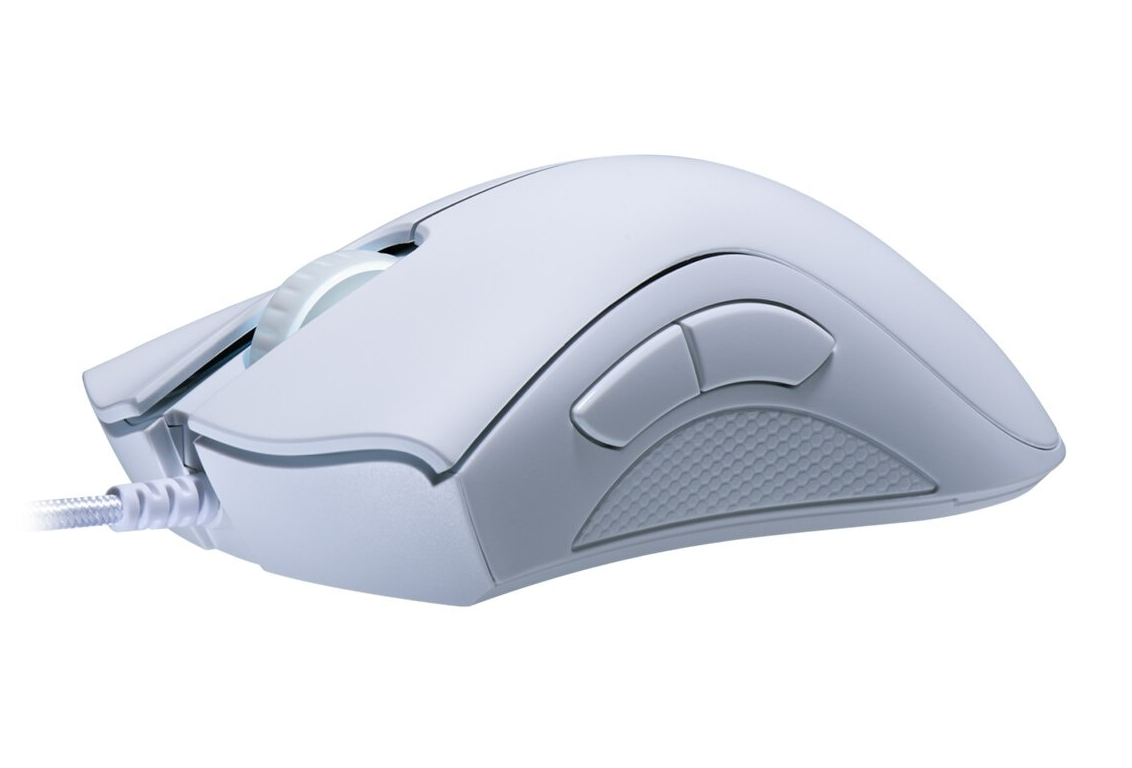
At under $30, the Razer DeathAdder Essential is marketed as a budget gaming mouse, but it's actually an excellent choice for general use, and it's our top recommendation in that category. Its design closely resembles older models like the DeathAdder V2 and Elite, making it significantly more ergonomic and desirable than the average desktop mouse. We've recommended the older DeathAdder models for years, and some of us still use them, so we're definitely fans of its overall shape and feel.
The Essential gets more basic specs however. It's only rated for 10 million clicks, still a lot for non-gaming use. Other specs are also good, though arguably outdated for gaming enthusiasts, like its 96g weight and traditional mechanical switches. A maximum DPI of 6,400 might feel sluggish when using multiple high-resolution monitors, but if you're running that kind of setup, you're shopping in the wrong category anyway.
With tracking speeds up to 220 IPS and 30g acceleration, it's more than you are going to experience outside of gaming. If you are worried that the green LED logo and scroll wheel on the black version will stand out in your office, you can check out the all-white version instead.
Most Ergonomic
Logitech MX Ergo | Logitech Lift
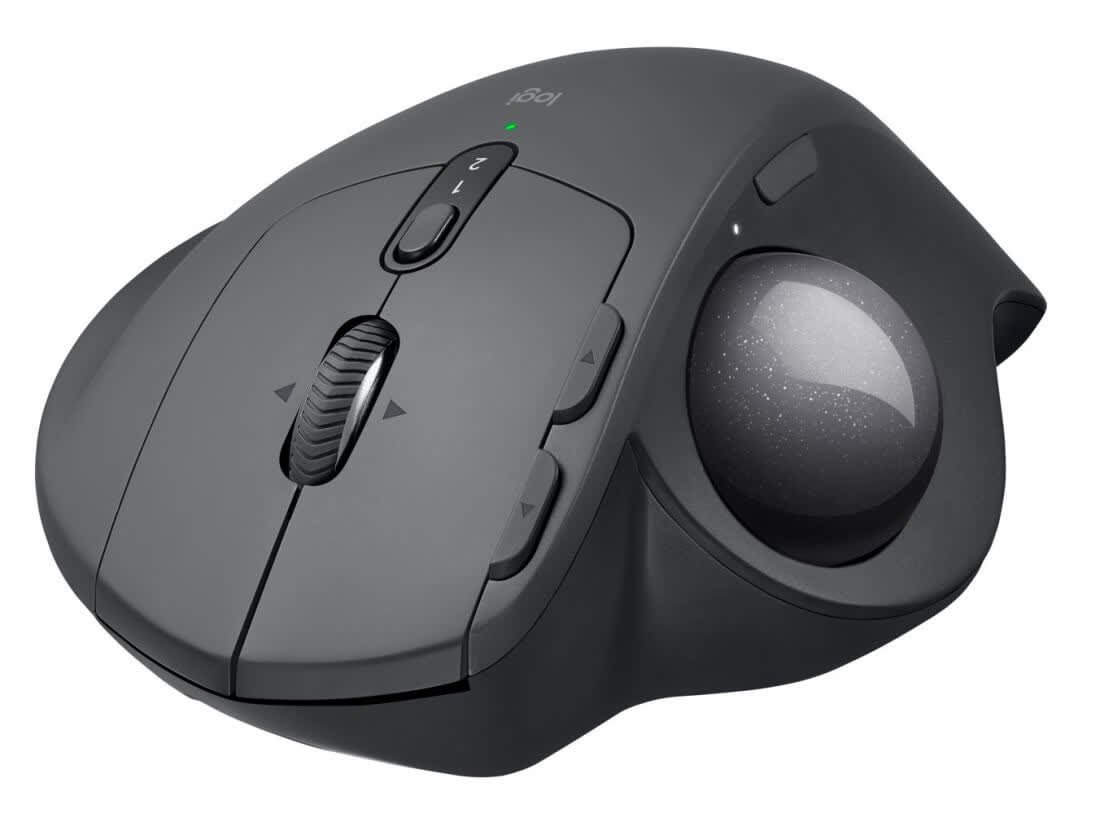
If you experience pain from repetitive wrist or elbow movement, the solution may be a mouse that doesn't require it. The Logitech MX Ergo relies on a trackball controlled with the thumb for moving the cursor. In addition to its overall ergonomic shape, it can be tilted 20 degrees to the side for a more natural hand position. Since the device itself doesn't move, it can be used on any surface and requires no additional space.
Logitech has released the MX Ergo S at a higher price point, but it carries several of the older model's drawbacks. Its scroll wheel isn't magnetic and doesn't support smooth scrolling (though it does tilt left and right, serving as two extra buttons). It can only connect to two devices simultaneously, rather than three. It also uses a Micro-USB connector, meaning you'll need a separate charging cable from the one used by most modern devices. Fortunately, thanks to its 120-day battery life, recharging won't be frequent.
If you only use one computer at a time, you can save good money with the Logitech Ergo M575S, replacing the older M575 and utilizing the newer switches. Its scroll wheel doesn't tilt, and it doesn't have a button to switch between two DPI levels. It also doesn't have a rechargeable battery or a tilting body, but it's half the price.
The main reason not to get it is that you prefer to share the movement load between two fingers with the Nulea M505 ($39), or three fingers with the ambidextrous Kensington Expert (starting at $70).
Logitech Lift
Another ergonomic alternative is the vertical mouse, which keeps your hand in a more natural, handshake-like position. Despite being more affordable and lacking a rechargeable battery, the Logitech Lift is arguably better than our previous vertical pick, the MX Vertical.
The Lift's main buttons are curvy and more comfortable, and also use quieter switches. The scroll wheel supports a smooth scrolling mode and automatic mode switching. With a lower center of gravity, it's less likely to fall over.
For some people, the most important addition is having a left-handed version. Conversely, the main reason to get the more expensive MX Vertical ($120) is having very large hands.
That's not to say the Lift is an affordable device, because it's not, which leaves a large gap in the market for cheaper alternatives by smaller brands. The ProtoArc EM11 NL has become a popular choice at $24.

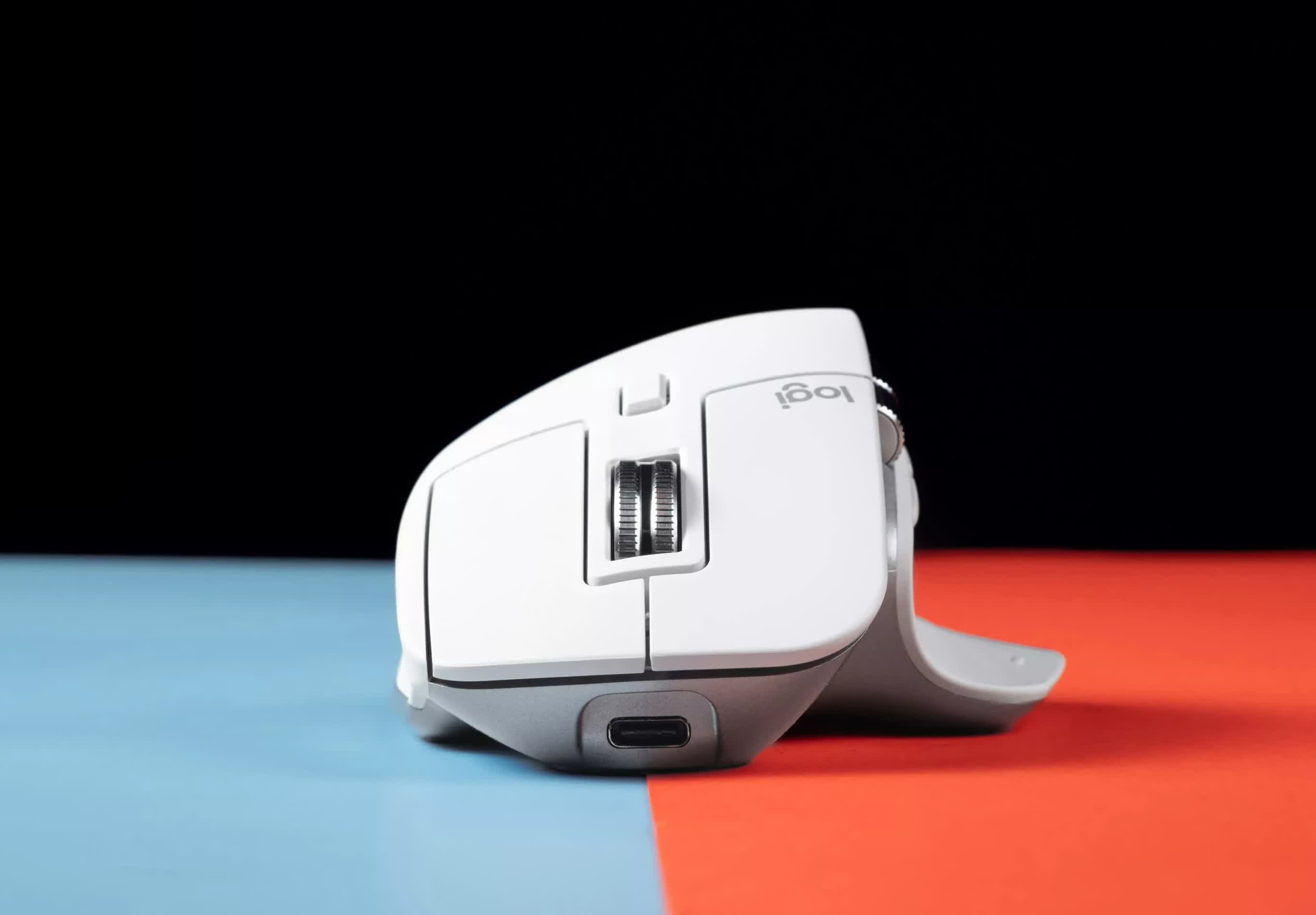

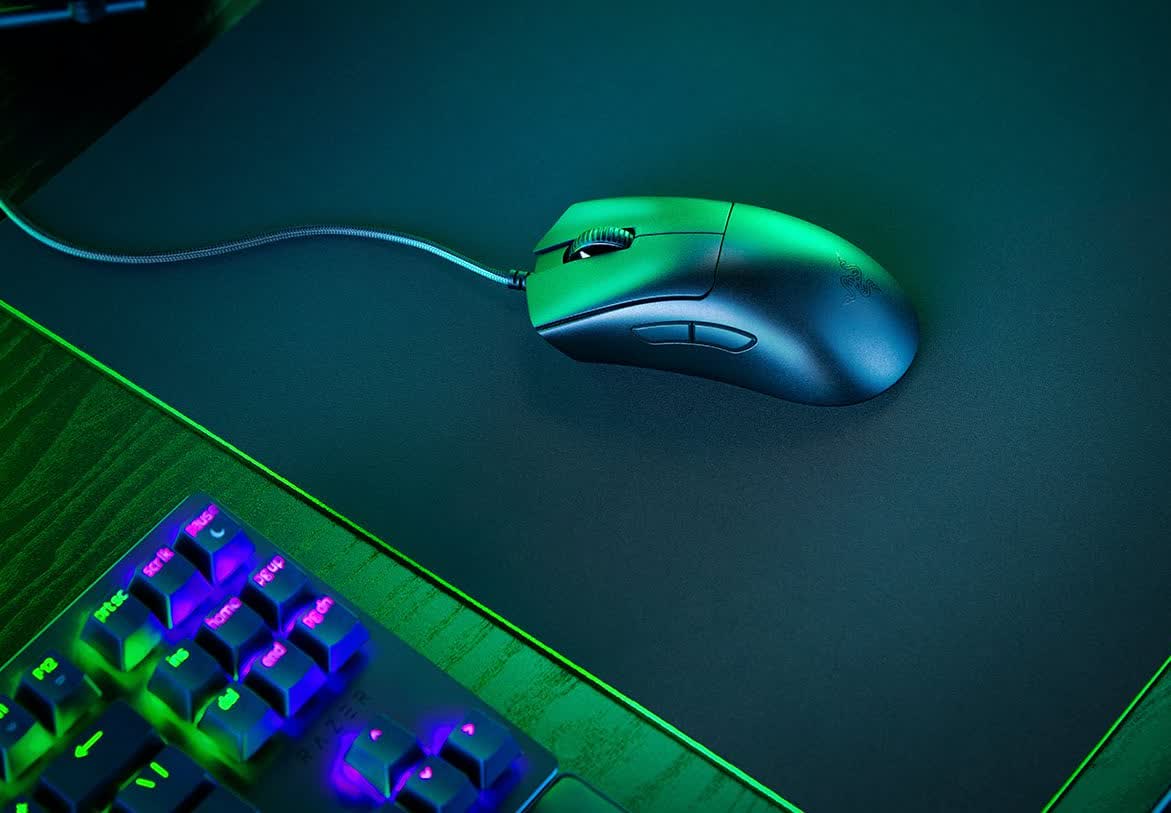
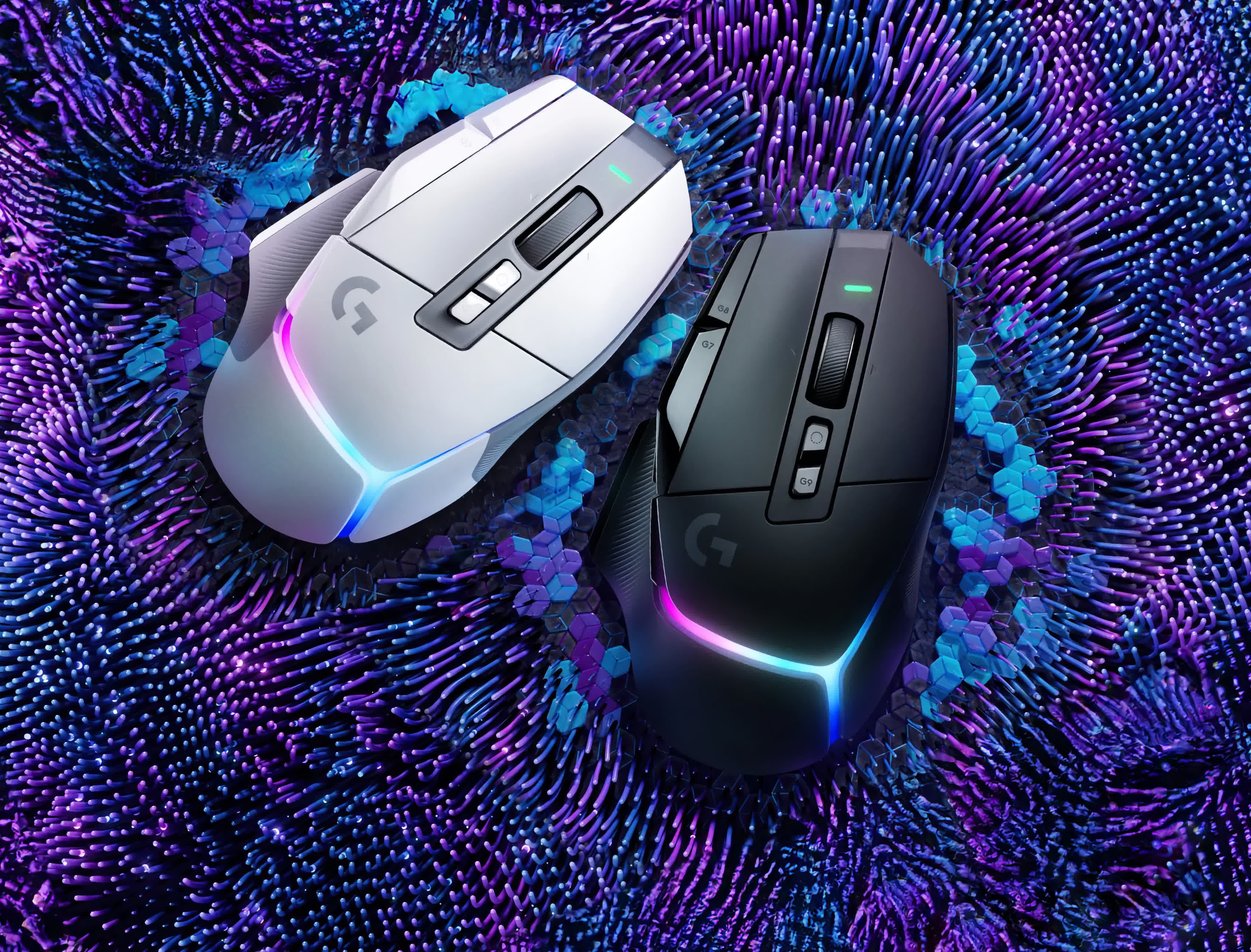
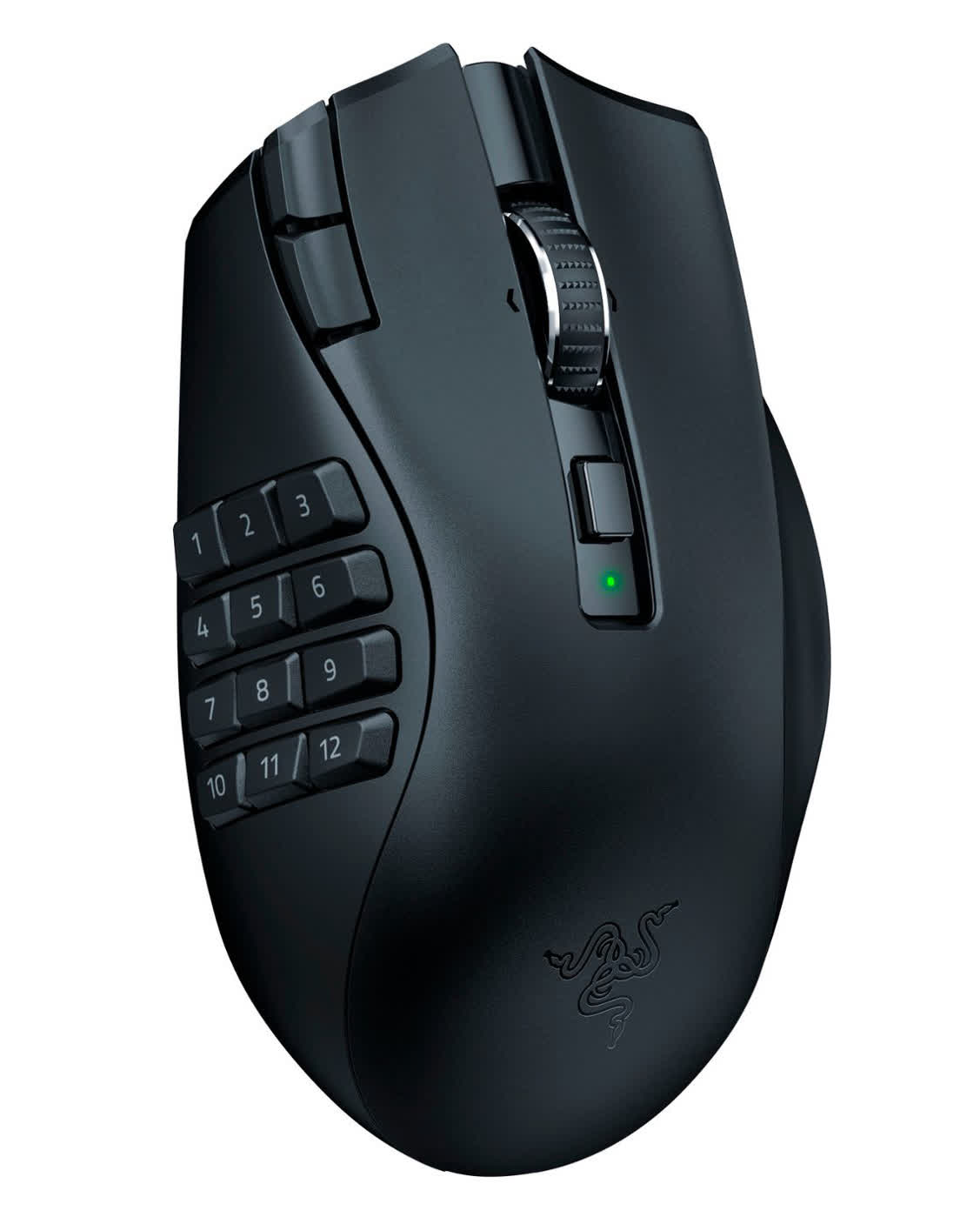
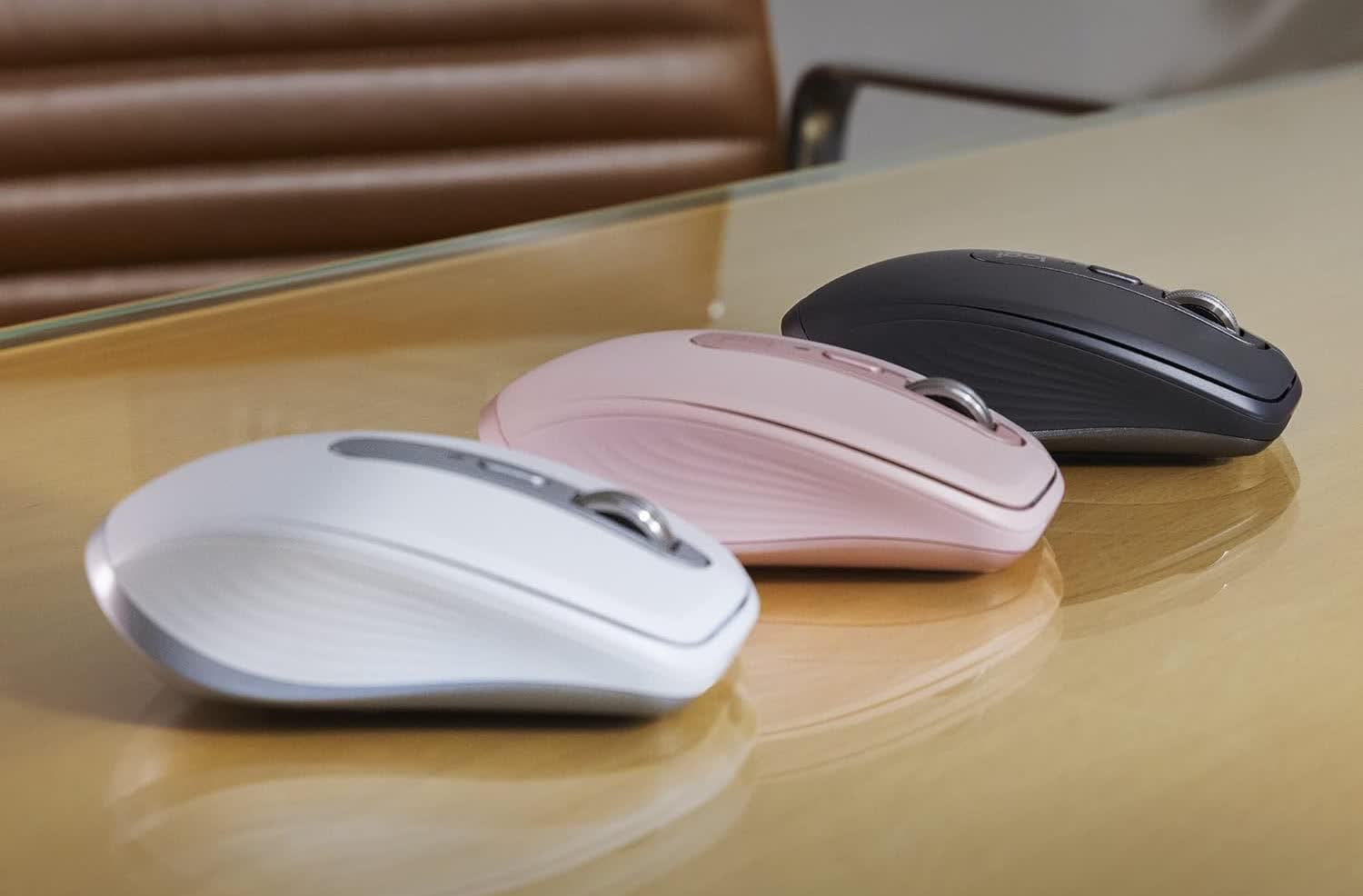
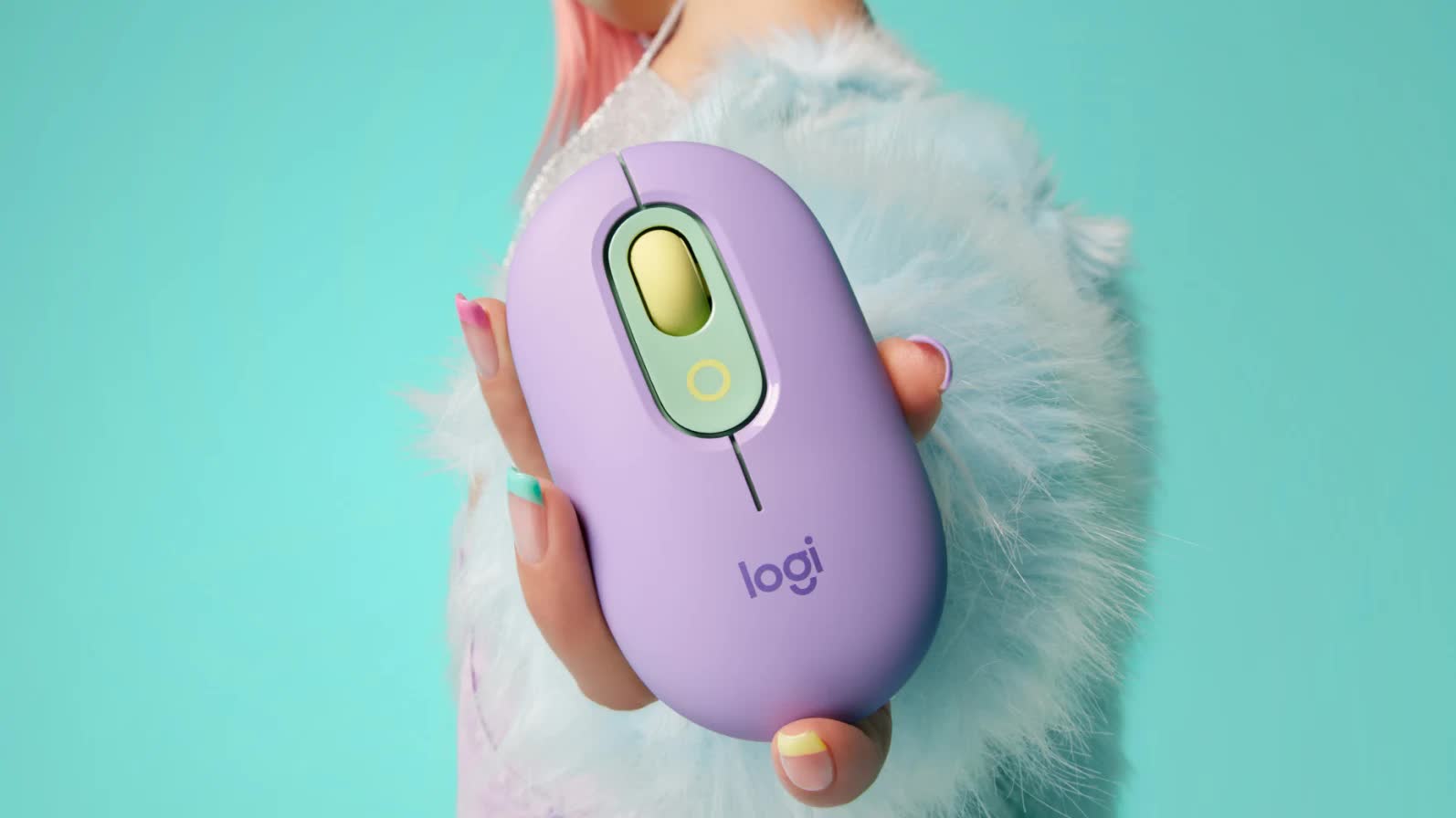
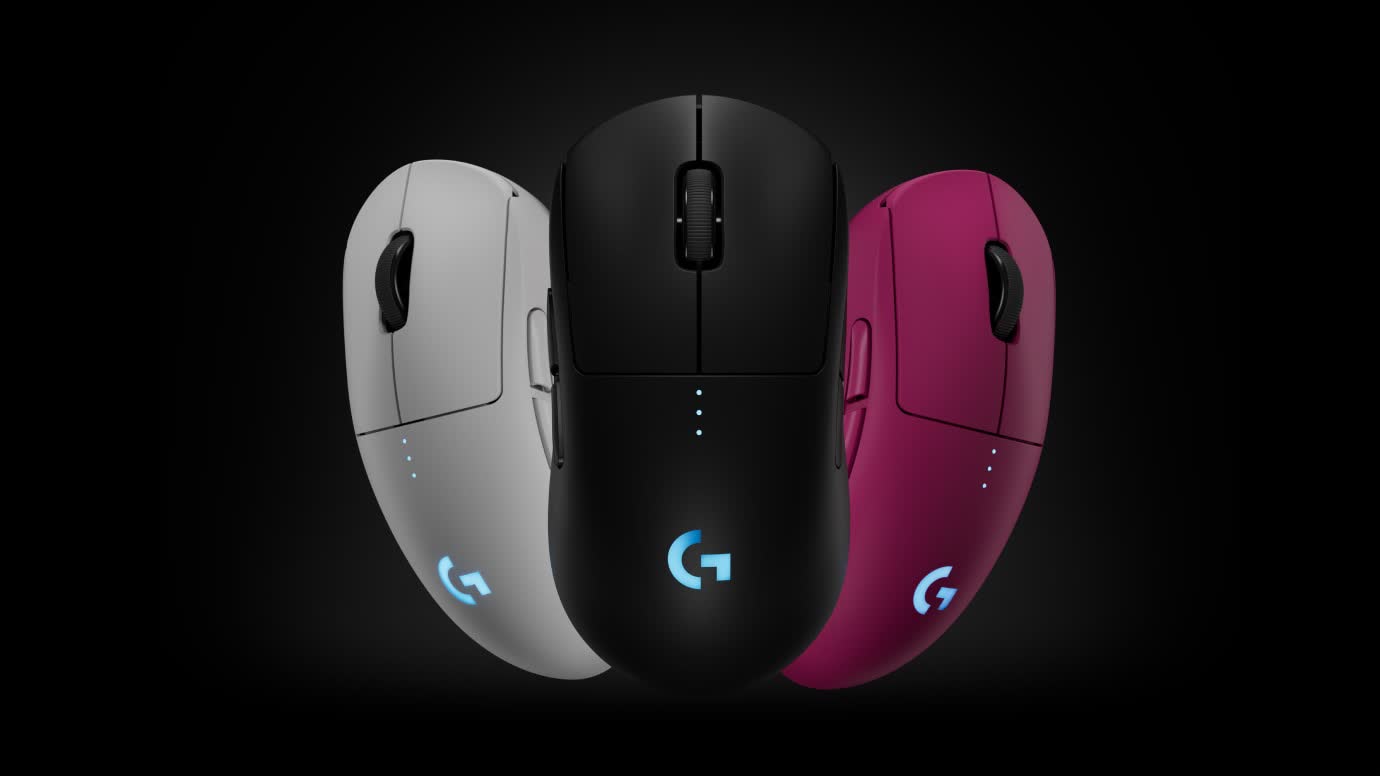
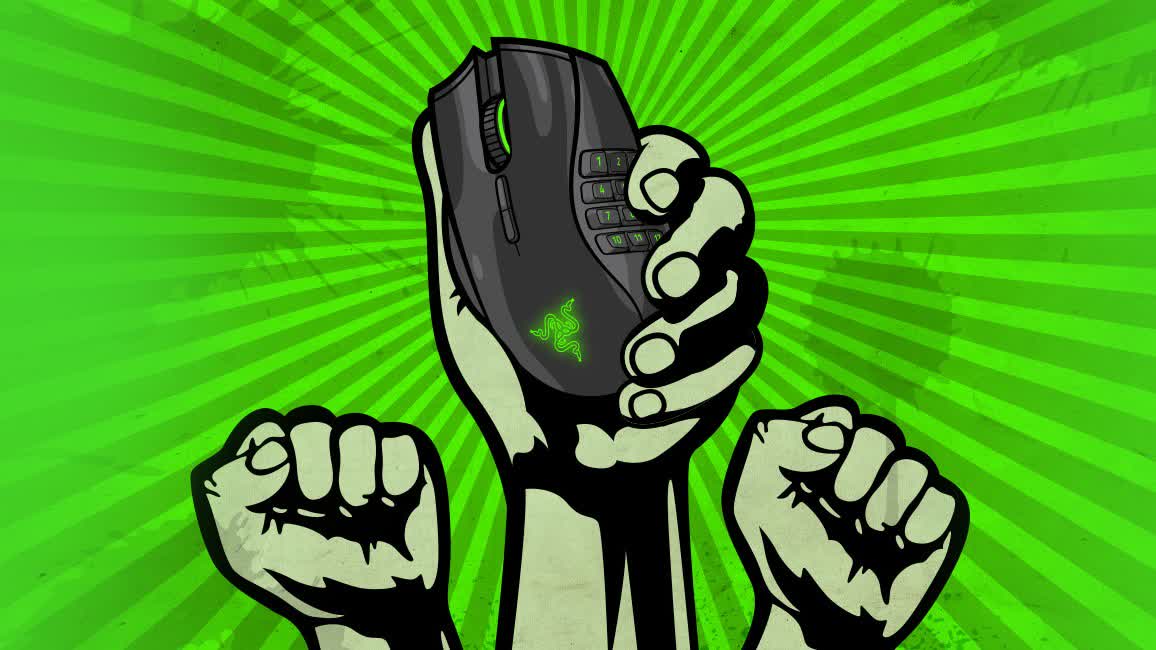
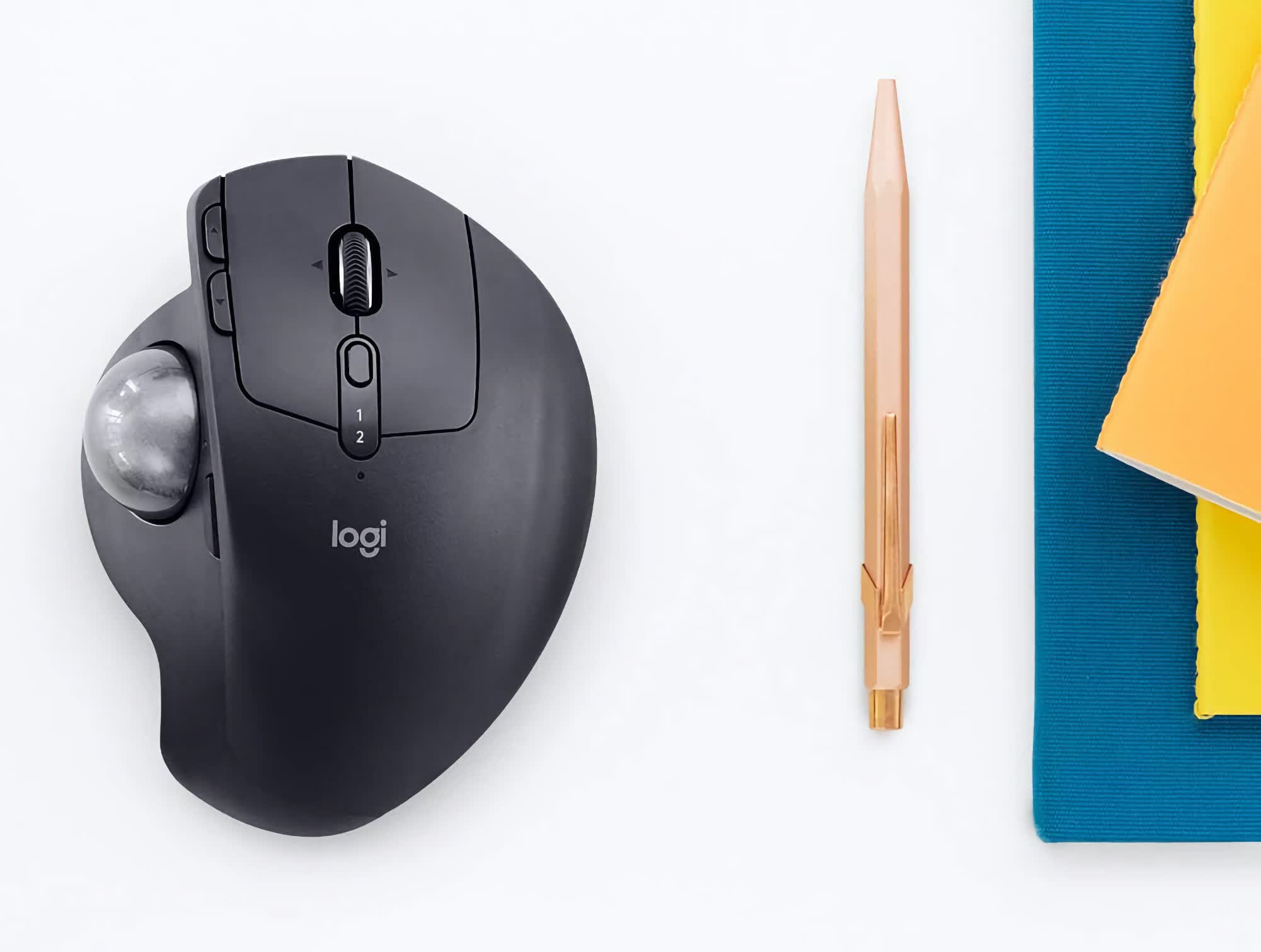
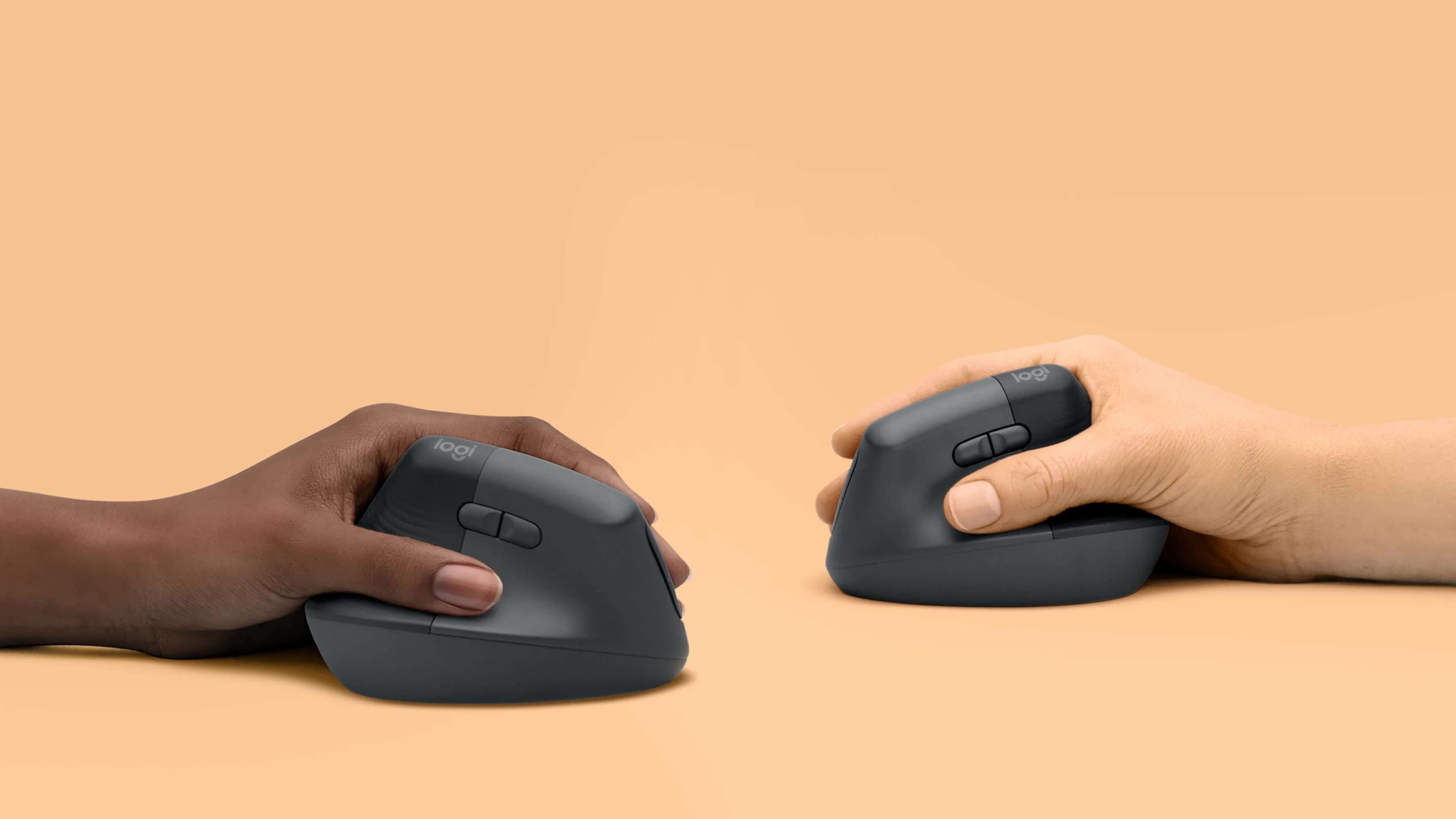
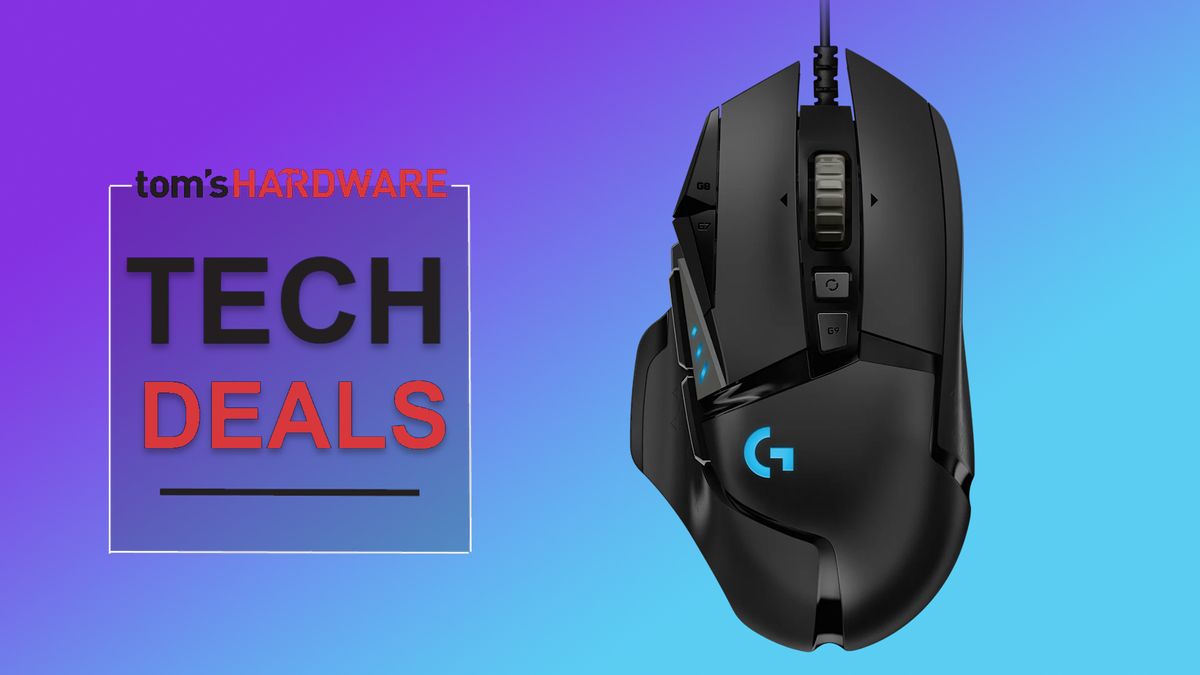

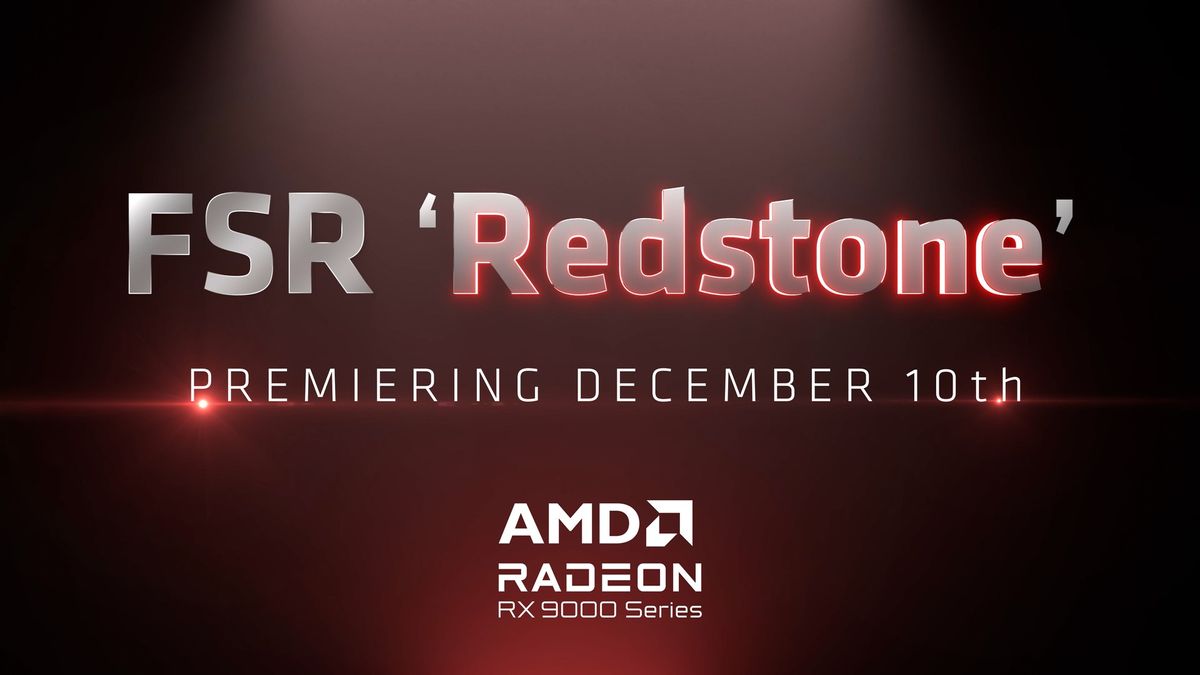


 English (US) ·
English (US) ·